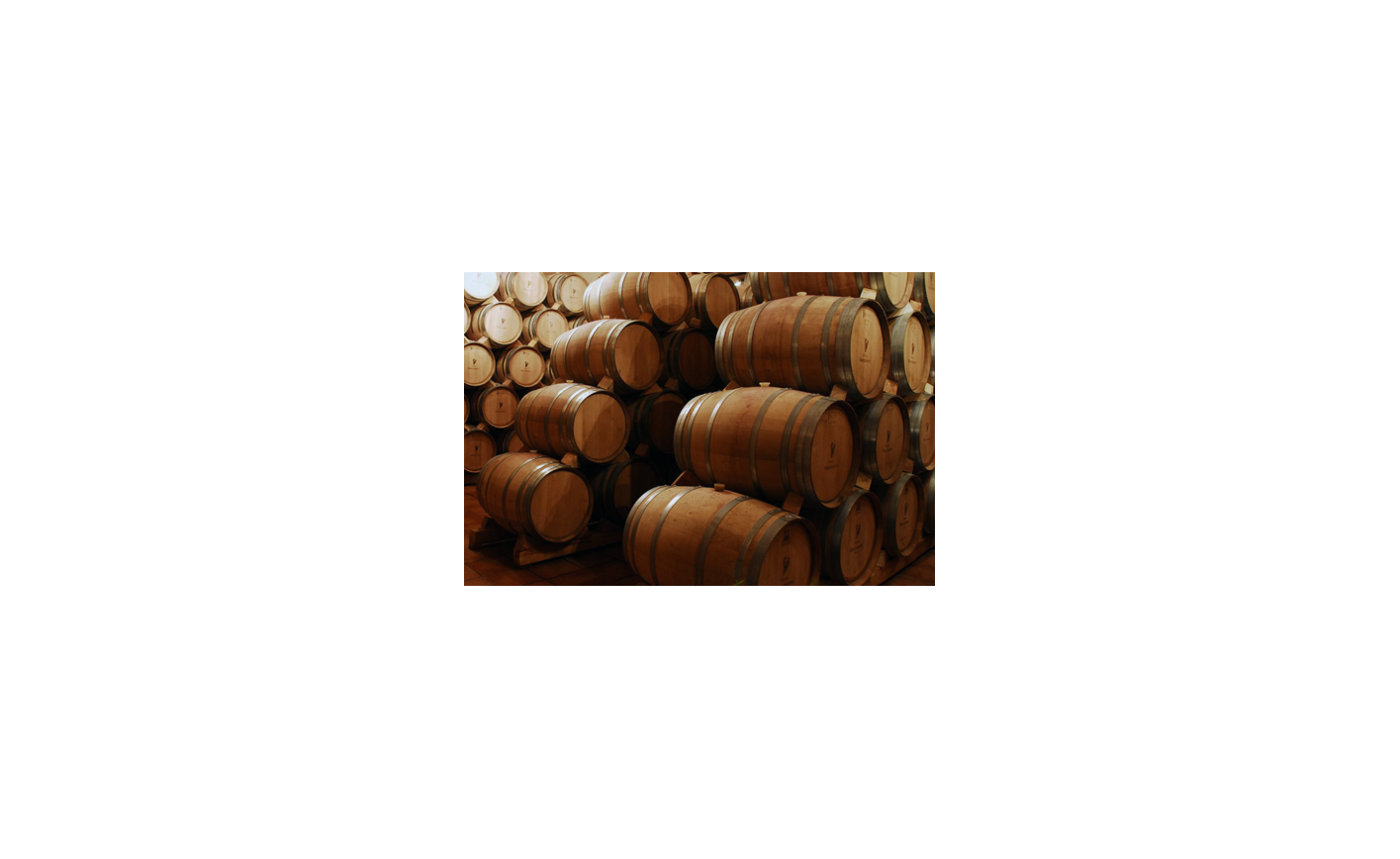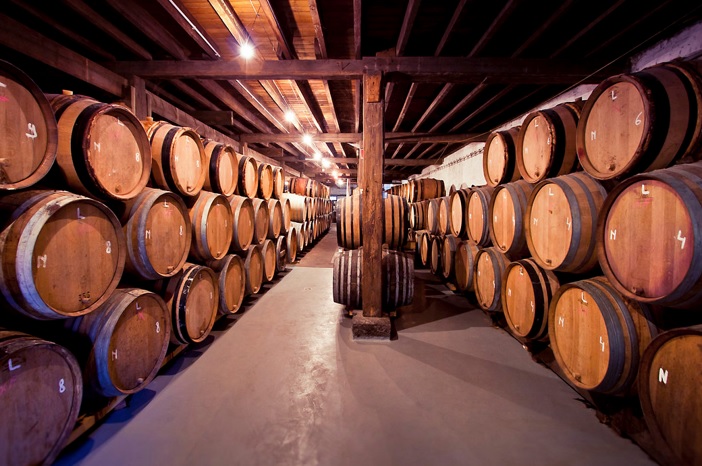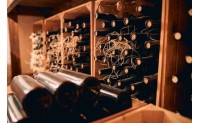
Origin and history of the barrels
Thousands of years ago, when the Greek and Roman civilizations were in full swing and wine was a delicacy of the gods, it was stored and transported in clay amphorae. It was the most common and used container but it was delicate and tended to break. When the Roman Empire conquered Gaul, the Romans discovered that the Gauls used oak barrels to store beer. They learned how to make them and realized that it was the best way to transport their wine quickly and safely. In less than 200 years, the famous clay vessel gave way to oak barrels, unknowingly giving an unexpected twist to the properties of the wine.
It is important to highlight that oak has the best mechanical properties required by the cooper: elasticity and wood handling. Apart from these fundamental characteristics, oak provides very interesting aromas to wines.

We already know why oak is used. We just need to know what difference there is between wood of French origin and American wood.
• French oak wood is softer, finer grained, has less tannin and more vanilla, and its price can be triple that of an American oak barrel. This is because, unlike American oak, French oak cannot be sawn; You have to work by splitting and much more wood is wasted. With the French barrel, wines with long, elegant and balanced aging are achieved where notes of vanilla, nuts and honey dominate.
• American oak wood has a coarser grain and greater tannin. The barrels are more resistant, waterproof and their pores are larger than the French ones. The notes are not as elegant, but instead provide a greater variety of exotic aromas such as coconut, cocoa or smoky notes, and roasted coffee and tobacco.
What does passing through barrels contribute to the wine?
The wood has the same importance in the final result of the wine as the vineyard, the variety or the coupage. Basically for two reasons. On the one hand, it allows the controlled entry of oxygen, which makes the wine mature and soften its texture. On the other hand, and especially during the first phase of aging, the wood gives the wine its own tannins and organoleptic values, and provides it with flavors and aromas.
In any case, it is important to highlight that the contact time must be adjusted to the type of wine desired. If the wine remained in the barrel for too long, the harsh tannins of the wood would end up defeating the original aromas of the wine.


